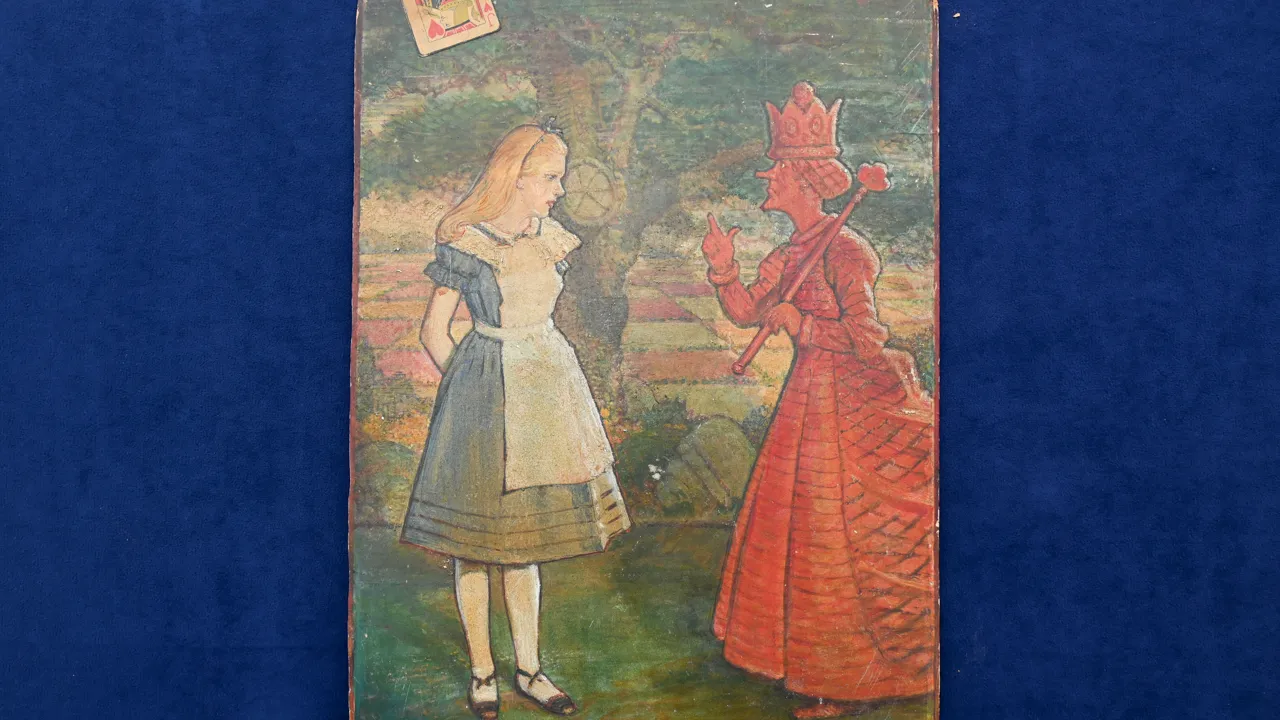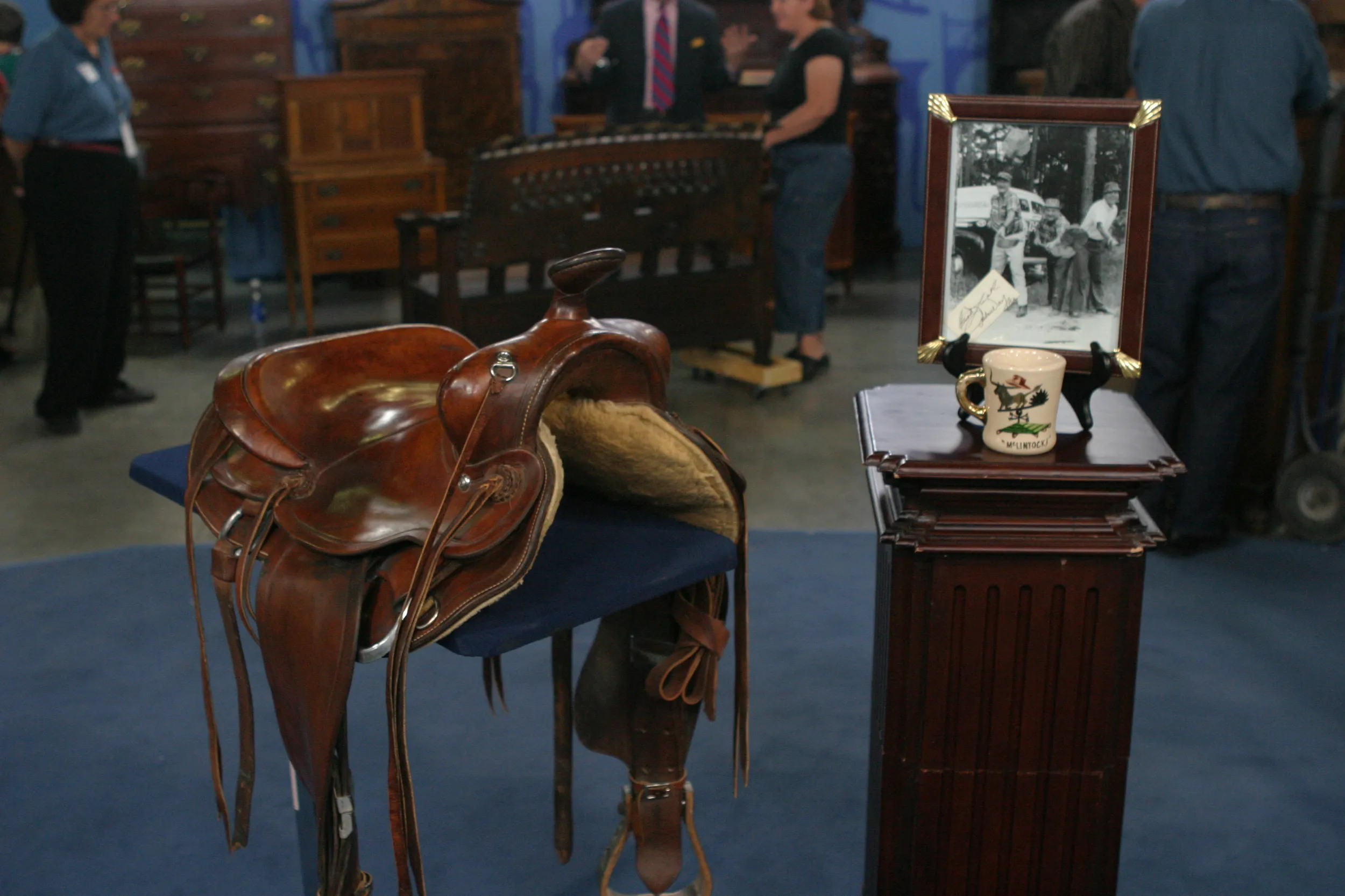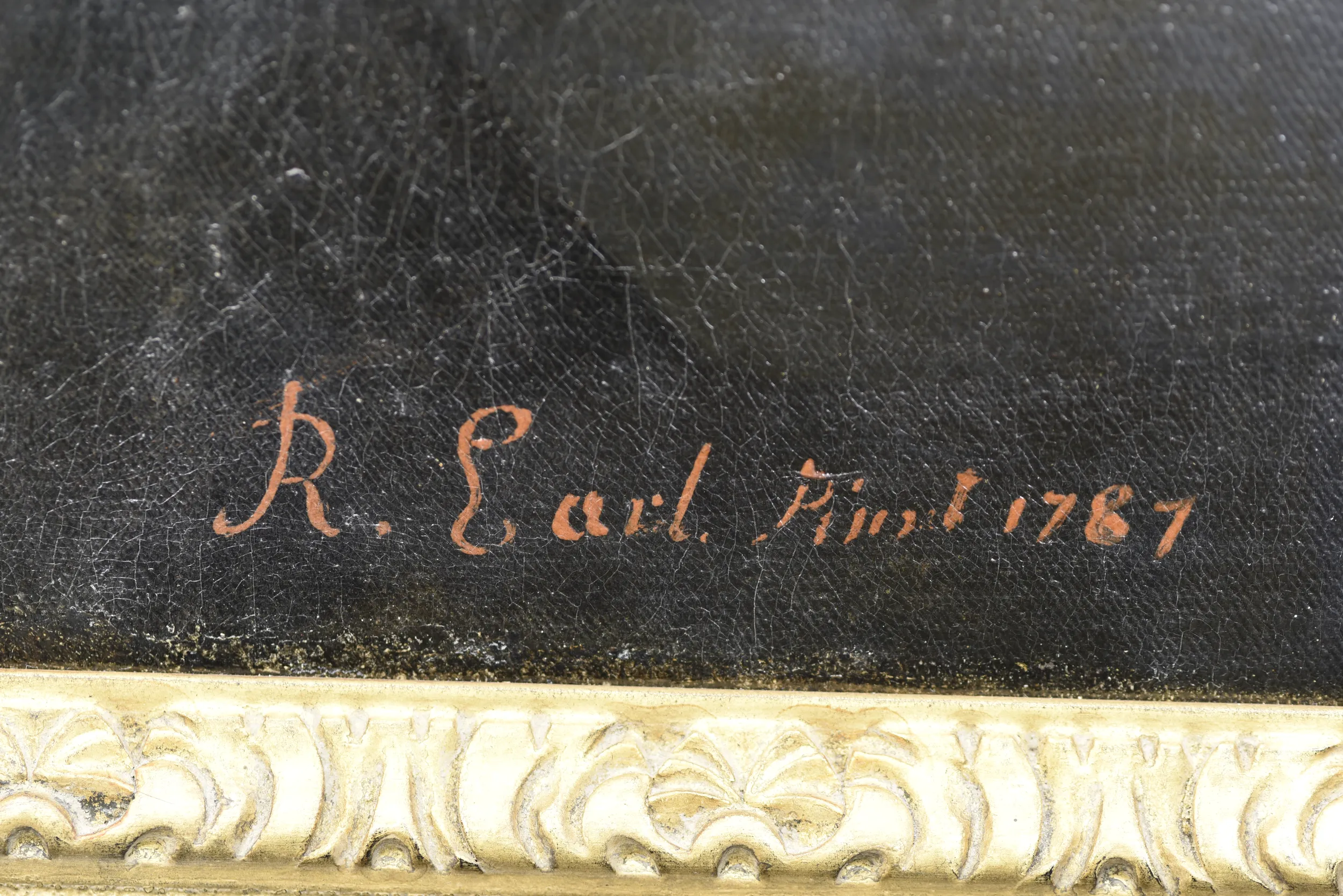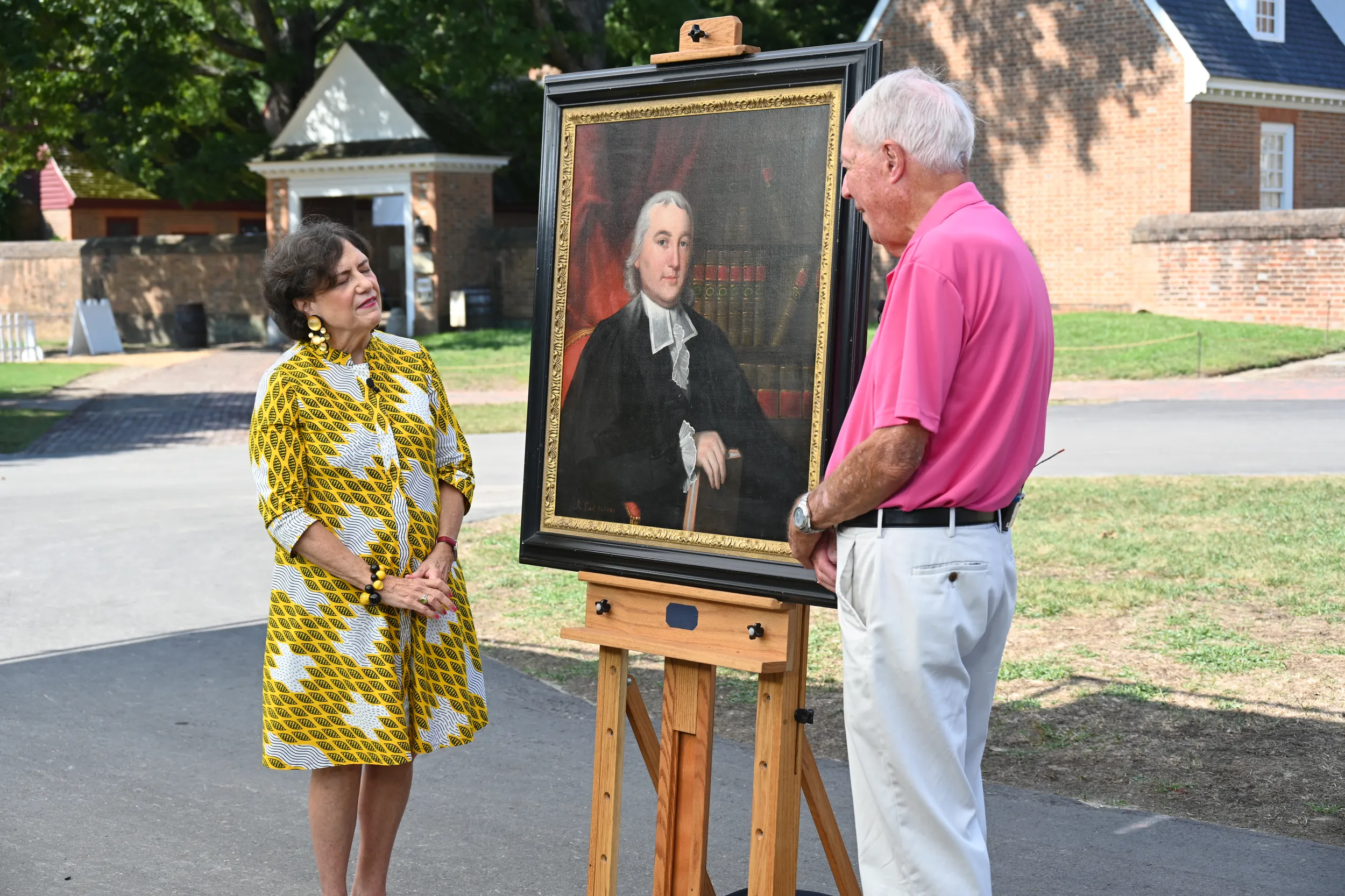GUEST: This is a painting of a, a relative of mine. The painting goes back 234 years.
APPRAISER: Oh, my goodness.
GUEST: He was a lawyer in New York City. He was appointed to the, uh, New York Supreme Court.
APPRAISER: Oh, wow.
GUEST: Unfortunately, he died about a month before he could serve. So he never served. To the family, he's still The Judge.
APPRAISER: And what was his name?
GUEST: His name was John Cozine. And the painting has been in the family for the whole time.
APPRAISER: The painting is actually signed in the lower left. R. Earl pinxit, meaning painted, 1787. The painting is oil on canvas. He was from, uh, Worcester County, Massachusetts, and he came from a very wealthy family. He was due to inherit his father's lands when his father passed away, but he decided to become an artist. And his parents didn't like that very well. They didn't think it was a respectable profession. So he was ostracized. And in addition to that, during the revolution, his father was head of the militia, and he refused to join the militia. And he actually left home and went to New Haven to live. He painted his famous portrait of Roger Sherman, who was a signer of the Declaration of Independence, uh, for Connecticut. He was establishing a good reputation, but at some point he was accused of being a traitor, and he had to either join the militia or go to England. And so he left for England. That was where he started studying with Benjamin West, and where he developed a lot more of his sophisticated style than what he had had before, which was a little bit more primitive. He later, then, comes back to the United States around 1785, and he goes to Boston, and then Providence, and then finally settles in New York. And it was at that time that he was put in debtors' prison.
GUEST: Mm-hmm.
APPRAISER: And that was because he had borrowed money for his passage from England, and he, uh, failed to pay the person from whom he borrowed the money. This piece was actually done during that time, between 1786 and 1788, when he was there.
GUEST: Mm-hmm.
APPRAISER: There was a, a society that helped prisoners at the time, and it was called the Society for the Relief of Distressed Debtors.
GUEST: Hm.
APPRAISER: And there were very prominent people who were part of it, including Alexander Hamilton. So they tried to help prisoners in terms of improving the conditions in prison, but also getting them to raise money in order to get out and to, to take care of their debt.
GUEST: Mm-hmm. Mm-hmm.
APPRAISER: So they enabled him to paint portraits while he was in prison, and he did about 20 of them. It's not as elaborate as many of his portraits, which are three-quarter-length and which show backgrounds like the outside of the home.
GUEST: Mm-hmm.
APPRAISER: The artist actually lived from 1751 to 1801, and he died in Bolton, Connecticut, uh, from alcoholism.
GUEST: Mm-hmm.
APPRAISER: He was sort of a bad boy.
GUEST: (chuckles)
APPRAISER: He was a Loyalist and against his, uh, the wishes of his family, he was a bigamist, and, uh, he was a debtor. The market for 19th-century and, and 18th-century portraiture was very, very popular in the '70s and, and '80s, into the early '90s. But since then, this type of painting is not as much in vogue. In today's market, it would probably sell in the range, uh, in a gallery, in the range of $50,000.
GUEST: Mm-hmm. Well, that's nice. That, that's nice. It's not going anywhere, but it's nice.
APPRAISER: Yeah. I would place a, a value of $65,000 for insurance.
GUEST: Oh, okay. Okay. Wow.
APPRAISER: Probably in the '80s, it, it might have been more like $75,000 or, or closer to $100,000.
GUEST: Mm-hmm.













